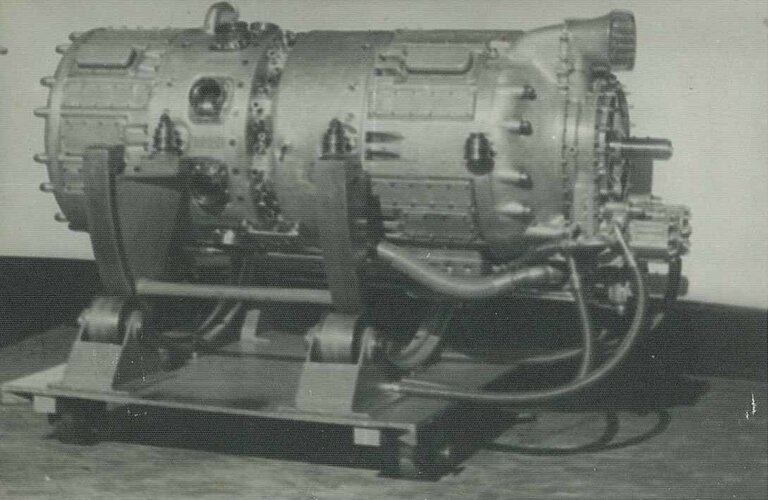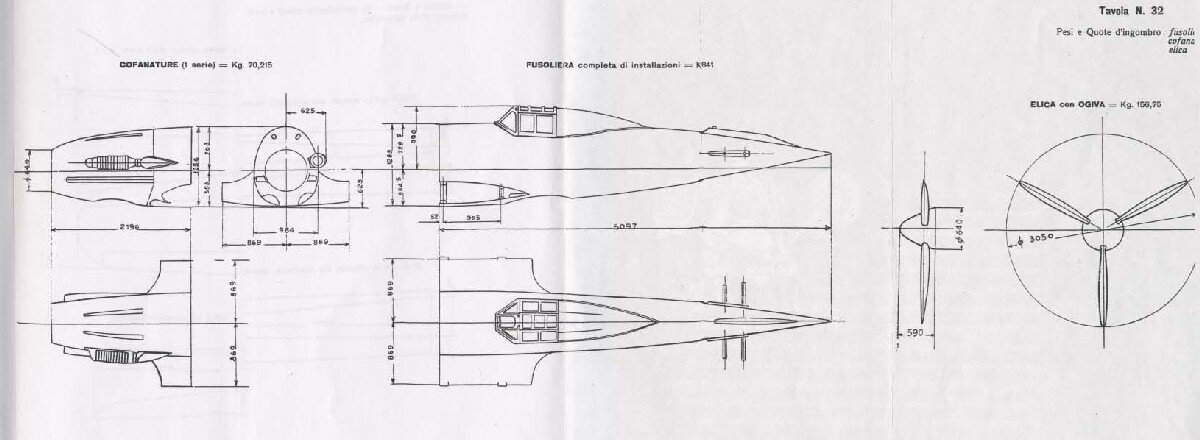- Joined
- 25 July 2007
- Messages
- 4,294
- Reaction score
- 4,176
The text says it's a figther studied by Cesare Pallavicino between 1935 and 1937. On a side note, ironically Pallavicino was the designer of the Lambretta scooter, the main rival of the Vespa produced by the rival aviation firm Piaggio.what was Caproni Bergamo Ostro II ?.
Yep. AFAIK, the Roman numerals were added later to rationalize Pallavicino's Ostro design series. The Ostro II dates to August 1936. It was powered by a 835 hp Isotta Fraschini Asso XI RC V-12 and had a span 12.00 m. Armament was twin 12.7 mm Breda-SAFAT machine guns.
The Ostro III of December 1936 was similar but powered by an Hispano-Suiza 12Y cdrs moteur-canon V-12. The Ostro IV of June 1937 returned to the I-F Asso engine but with its span reduced by a metre.













